Listening for Well-Being: A Discourse for Democracy
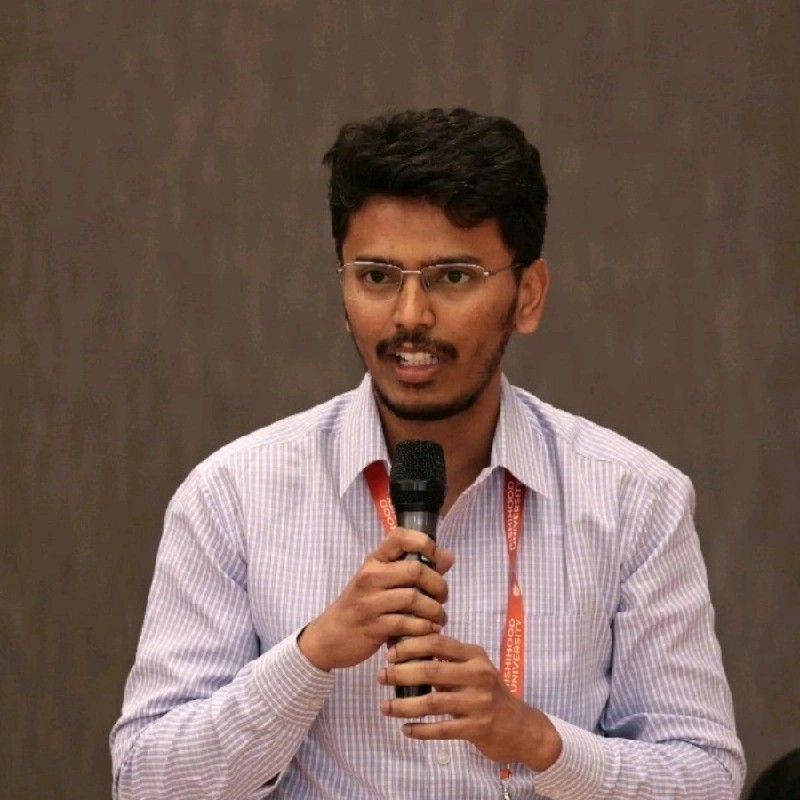
Srinath Rao P is the Founding Editor of The ArmChair Journal. Currently pursuing a Masters at the University of Chicago, Srinath is also an alumnus of IIT Madras, University of Hyderabad, Ashoka University, Purdue University and Rishihood University.
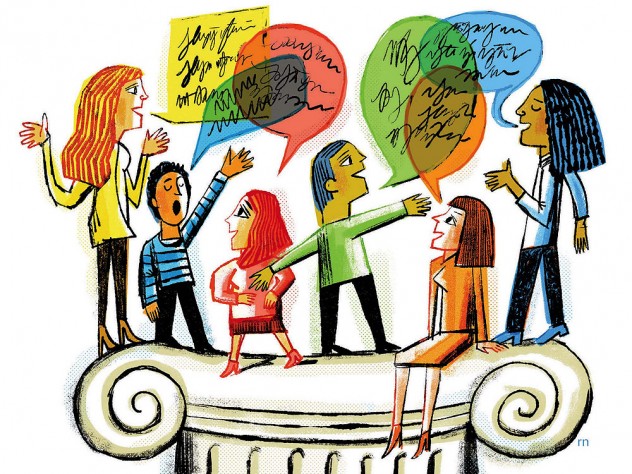

“How on earth can we live together harmoniously and also harmoniously with the one Earth we share?” poses Arun Maira, the author of the book: “Listening for Well-Being: Conversations for people not like us.” Though the title makes it sound a little like a self-help book, the primary subject that the book deals with is that of improving public discourse, a democracy’s self-help book.
I would like to make it clear at the outset that my objective is to engage with the ideas in the book, rather than providing a book review. I adopted a style to amalgamate sentences taken from the author and apply them to my own experience. This way, I believe, I would appreciate the theels expressed by the author better. All such sentences taken from the book are mentioned in italics.
The timing of the book was around when the unpopular demonetization was not yet a memory, but whose effects were still a living reality; and when Brexit also occupied my social media feed often. These were important public matters. I recollect that I was doing my Masters in Political Science at the University of Hyderabad. It was around 2017. Also, a time when some liberals were making confessions, or perhaps we could call them some sort of acceptance of their mistakes in addressing vital sentiments of the common public. “We must acknowledge that the westernized English-speaking elite – including liberal, left and progressive sections – has done a disservice to the idea of India,” wrote Yogendra Yadav in his essay for Seminar titled, “What is to be done.”
Prior to that, when the general elections ended in 2014, there was a renewed sense of change. At least, this was how it appeared to me. In the build-up to the elections, the Indian National Congress (INC) sounded like an umbrella term that constituted all ills one could normalize about politics. It did not appear to signify anything hopeful, or new. Appeared to be led by an incompetent dynast (or none at all), it sounded incapable to provide answers to the economic slowdown, India Against Corruption movement, the Nirbhaya movement, or the criticism levelled by Modi at large. The government appeared to be submerged in large scale corruption. Soon, the reality betrayed my expectations.
After the new government came to power, I heard things different from what the hope of the new government should have constituted. Among the major questions were also: What is the history of India? From whose perspectives should we record history? What should history be about? One’s version of what constituted India’s history also decided one’s political position to a large extent. There was more talk about lynching, about moral policing, about India becoming a super-power, and about India reclaiming its lost glory. Nevertheless, the only positive news was about how the prime minister was improving the image of India abroad.
The criticism around policy paralysis should have culminated ideally into discussions about good governance. However, some sense of distrust in the government from minorities and a temptation to look at everything from the lens of one’s ideology was visible. How we see the world around us and how we react to others also depends on who we are.
We can’t see the lenses in our own eyes through our own eyes. Was it that matters related to ‘public policy’ mattered less to people? Was it that the media placed excessive focus on matters like a lynching than any developments over ‘public policy’? Was it that my estimate of what constituted reality was incorrect? Or, was it all real? Was I being shown distorted reality? Was someone shaping what I saw and read?
Our lenses and our habits of thought make us unable and, often, unwilling to listen to others. They are not easy to change. A set of people around me never accepted that the new government actually represented them, apparently defying the spirit of democratic transition of power. Someone argued that the new party was not even chosen by 40% of the people and that it could not claim to represent India as a whole. A social media campaign #NotinMyName also trended. Discussions on the media were filled less about governance than about politics and ideology. Friends in the university also seemed to be living within different, intellectually gated societies. Whenever there were student union elections, they contested on ideological lines, of which they had little acquaintance. It appeared that they did not know what they were against, or what they were for.
Social media’s contribution
While there was a temptation to believe everything received over social media, how to deal with fake news was a dominant question. I had many a time faced embarrassment to forward fake news in WhatsApp groups that were sometimes flagged by someone more informed. It took time to get used to the idea that all that I see is not the truth. Many celebrities fell prey to tweeting fake news as well. Even bureaucrats, who are seen as the cream of Indian meritocracy, like Kiran Bedi were part of the league that fell prey to believing what they saw was also true. Only those already looking at the world with a strong ideological lens (knowingly or unknowingly) had enough information to believe something as truth. Conversely, it was also impossible to believe in anything unless one had an ideological lens. Even fake was real when it suited the lens.
Social media has also contributed to an increasing shallowness, as well as viciousness in public discourse, and has divided people, whereas it was widely believed that it would bring people together into one global united world. Perhaps to blame are the business models, more than the algorithms and technology. To serve the interests of profits, social media show as many ads as possible to users, thereby making it important for them to keep users on the platform for as long as possible. Such a compulsion means they track the behaviour of users so as to show what interests them. If one’s ideology gets served by reading information that criticizes the government, social media could very well track the same based on one’s interactions and show such news on the feed that confirm the user bias and make them stay oblivious to how the other sides think.
The social media that appeared as a hope by the end of the first decade of the millennium, took a complete u-turn. Agencies that wanted to influence public opinion found ways to exploit it like political parties made ‘IT Cells’. IT Cells set the stage of what is to be debated about, what is to be countered/praised. The news and narrative propagated by the more effective IT Cell prevailed. TV channels became more obvious in the kind of vocabulary they used, the way they conducted debates, and the people they hosted. It appeared increasingly obvious that they served one party or the other; if not one ideology or the other. Journalism, expected to act as a bridge between the people and the government to hold the government accountable, changed its colours to being spokespersons of political parties/leaders. Media channels exposed themselves through their actions, before films like ‘The Social Network’ exposed social media to the common public.
Can the media fly without wings?
Partially also to blame for the deterioration of public discourse are the editorial controls on media channels. While some media channels were run as family property, some are subjected to the ideologies of the founders. If one can’t see the lens with which they see the world, the news gets editorialized. Editorial control inevitably leads towards some sort of ideology seeping in terms of curating the kind of writings that go, the debates conducted, and the stories commissioned. Overall, sensationalism and partisanship became the modus operandi. Is there any way of making journalism unbiased and credible? Apparently, in a rift between the RBI and the Finance Minister in 1956, when EPW carried an angry editorial suggesting that the RBI governor should resign to preserve his self-respect, the Governor quit within 24 hours of its publication. Imagining such a situation today only serves as a satire on media credibility.
There isn’t much confusion about the partisanship of media channels today compared to a few years ago. Almost all channels make their bias visible through their everyday usage of language, treatment of ideologies/parties, debates they conduct/conclude, and the people they host. However, none of them accepts it or upholds their lens with pride. While the success of current politics might be to throw mud on the credibility of existing media, it has also established the lens they carried. Alternate and counter media channels might help in showing different versions of a story; yet, they might also serve with the sole purpose of generating different versions to destroy truth. When the media credibility is an issue, the latter is an easier conclusion. It is a slippery slope. There is nothing one can trust if the purpose of media channels is redefined to project one’s version of the truth, popularly captured as ‘Narrative’.
Structurally, the media is invested in a huge responsibility of resorting to truth and integrity with no functional logistics made available. The three pillars of democracy: viz, Legislature, Executive, and Judiciary are guaranteed powers to extract resources through taxation and ensure functioning. They can function autonomously with some checks and balances. However, nothing more than Freedom of the Press is guaranteed to the functioning of the media. Only when the media can stand on its legs, can it stand for freedom.
Media organisations have to raise resources of their own and also serve larger goals of keeping truth when every attempt is made by the powerful elites to manipulate it. While the nature of bad political elites is to convert ‘Truth’ to ‘Narrative’, the media must speak the Truth back to power. Instead, the media has become the maker of ‘Narrative’ itself. Logistical vulnerabilities of media as an institution make it the weakest link of any democracy’s functioning. The quality of democracy in any society is only as much as the quality of their media.
A cultural democracy
‘Personal is political’ is a refreshing idea that could help feminists get public attention over issues that are submerged under the label ‘personal’. Arun Maira suggests something innovative towards reforming public discourse in democracies. Can ‘Listening’ help us improve public discourse and in turn our democratic institutions? With insights from his vast experience holding mediations as a member of the erstwhile Planning Commission as well as his own professional career, he suggests ‘Listening’ can help us get closer to understanding each other. Not just to build relationships, but to deliberate upon what options are good and how do we go ahead in a particular situation.
Methods must be found to engage citizens, thoughtfully, with issues that matter to them. While delving into different methods of engagement, Arun Maira has different methods of organizing seating arrangements, as well as different forms of engagement like cacophony, debate, deliberation, and dialogue- based on the depth of listening that is required. While listening appears to be a simple idea, the foremost advantage it gives perhaps is to shed one’s stereotypes and filters about others and their opinions, thereby making understanding possible. Designing an architecture that listens to people and their opinions should be the new challenge democracies should find solutions to. The existing structures are somehow not enough to keep citizens at the centre of democracy.
It is easier to fathom that the dangers to democracy are higher when the political power is all-pervasive and unchecked. The current government has proved itself to be above the traditional structures of checks and balances and almost made the constitution redundant. The immense popularity of the prime minister whom people voted resoundingly for another term made it appear that the prime minister had become larger than democracy itself. While in a letter the government may appear to adhere to the institutional pedigree, it has found ways by manipulating people inhabiting the institutions. A case in point is how an ex CJI was nominated as a Member of the Upper House by the government, calling any controversial judgements delivered under suspicion. Gaming the design of democracy is done informally, akin to how money is laundered. Someone has to keep a check on such mischiefs.
Arun Maira’s emphasis on Listening reminds us that individuals inhabiting the institutions matter as much as the design of the institutions. What is at stake is the perception towards the possibility of a truly functioning democratic society itself- a perennial work in progress. Listening is about making a culture conducive for democracy; the bedrock of a democratic culture. If the democratic culture is destroyed, institutions become hollow, interpretation of the constitution can be manipulated; if the culture stands firm, institutions work in the manner intended. It is the culture of listening that we adopt in our daily life, our homes, workplaces, and with ourselves, that should preserve democracy.
The cultivation of skills for deeper listening begins with listening to the stranger who is within us: understanding one’s own biases. Can listening serve as the bedrock of any infrastructure aimed at strengthening public discourse? Can the media organisations begin by disclosing their own biases/lenses/political values? Can there be a renewed approach to publicly embracing one’s own lens and engaging with the other lenses? Can the media resist ideological influence in its treatment of issues? Can we design innovative models to sustain media organizations that serve citizens and not consumers?
We will see other views of our reality through their lenses.



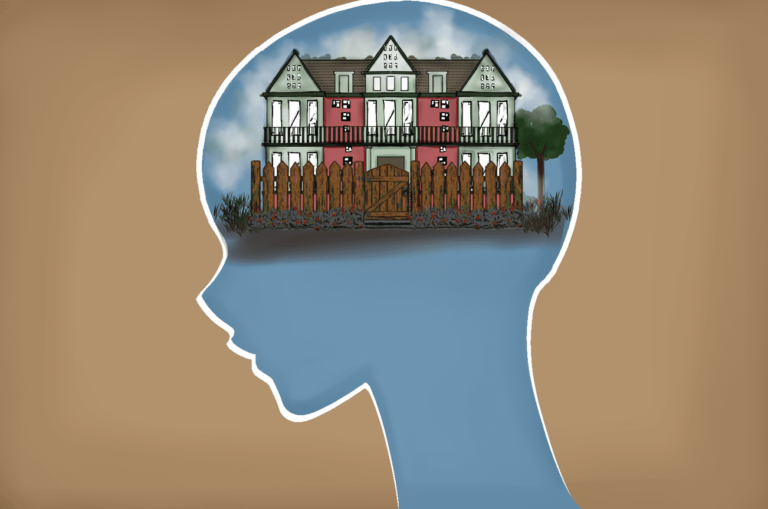
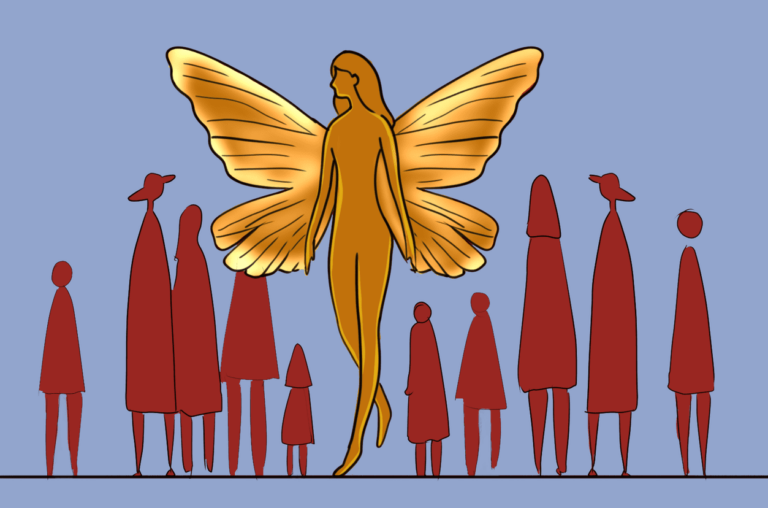
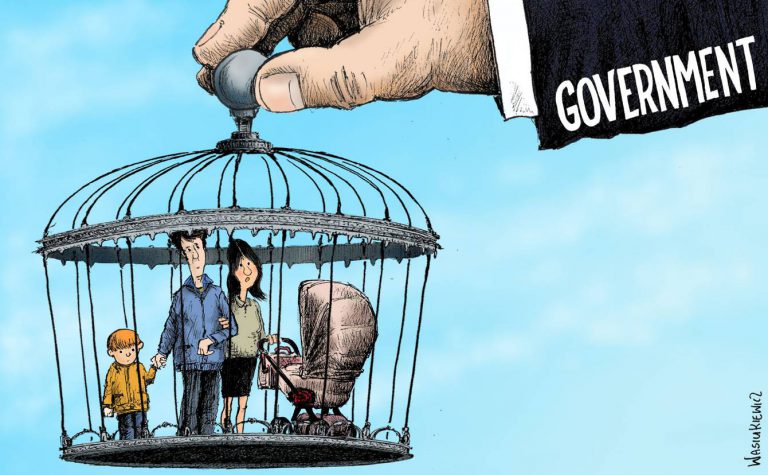

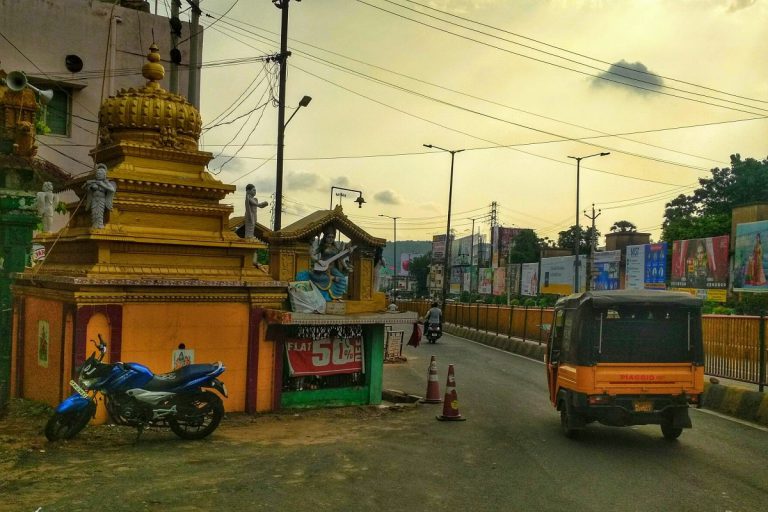
Extremely Well written and insightful without any bias